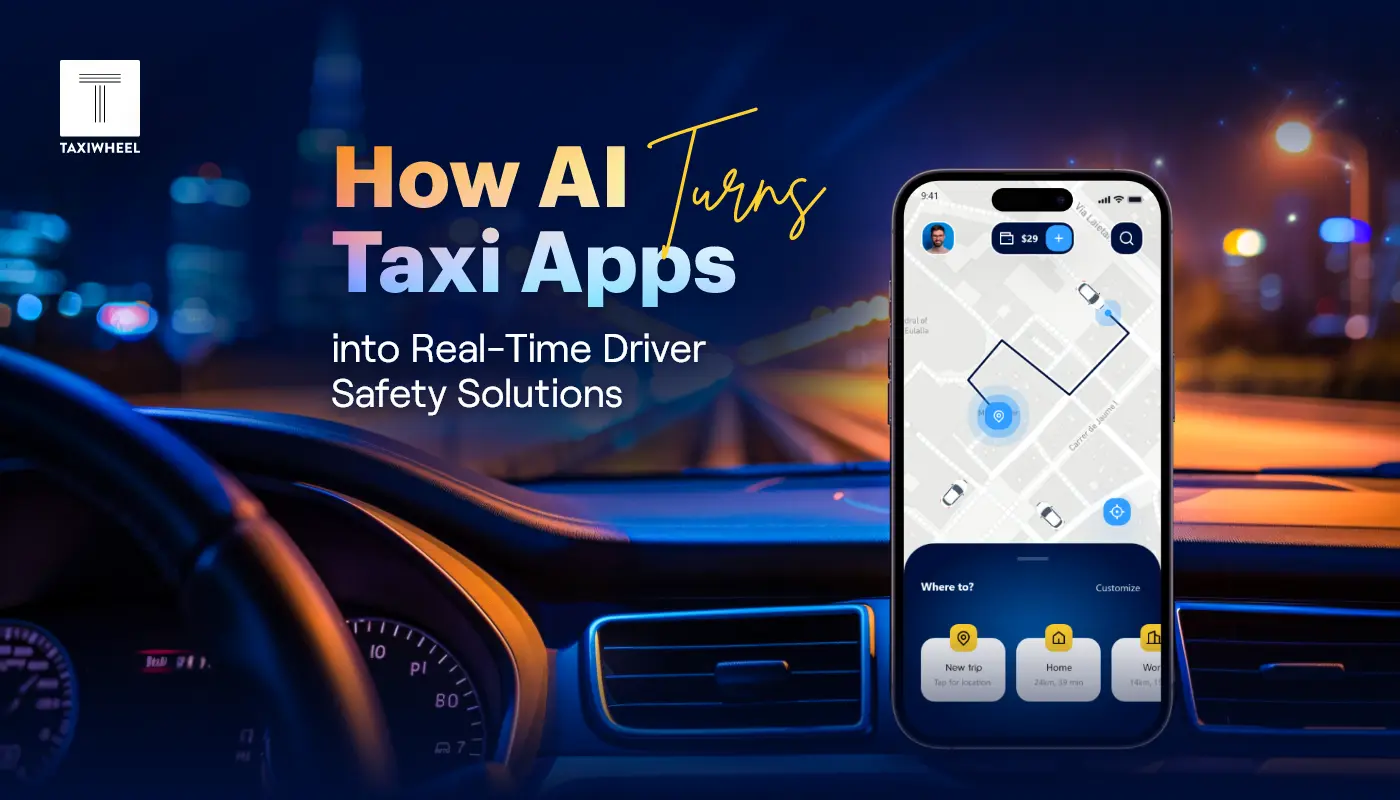
Future Trends in Taxi App Technology: What to Expect in 2024 and Beyond
When we talk about evolving technology, particularly the taxi industry, we can observe that it is undergoing a tremendous transformation. One of the reasons behind this change is some trends and technologies. So, buckle up because, in today’s blog, we’ll discuss several future trends that can significantly impact the taxi industry in 2024.
Some Future Trends in Taxi Apps to Consider in 2024 & Beyond:
-
Multiple Services:
Taxi booking apps are starting to mix different transportation processes, such as rental taxis, ridesharing, and two-wheeler rides and rentals. The change this trend brought gave users a variety of options for travel. This enabled users to book rides that included different modes of transport in one app.
For example, when you want to travel alone, you would prefer a scooter or bike ride. If one more person is traveling with you, you would book an auto. And if two or more than two persons are traveling with you, you can book a cab or taxi.
-
Schedule Ride for Later:
This book now and ride later feature is becoming the new future trend. It allows users to book their suitable mode of transportation in advance. They can reach for flights, interviews, and special events on time without worrying about wait timings. Adding this feature into taxi app development could give users another reason to choose the app over other competitor apps available in the market.
Imagine you’re at a late-night business meeting in a new city. With a “book now and ride later” feature on a taxi app, you scheduled a ride in advance. After your meeting, a pre-booked taxi arrives, offering a convenient and stress-free journey back to your destination. This is saving you time and ensuring a safe ride.
-
Taxi Booking Apps for Smartwatches:
Wearable devices are becoming the new normal and creating a buzzword in the taxi mobile app development industry. With the tech advancement, users can request a taxi directly from their smartwatches through specially designed taxi apps for watches.
This trend is used by the Apple brand for iWatch users, providing seamless interaction. It is an innovative and user-friendly way for iPhone users to use taxi services and get effortless travel experience.
-
Reward Coins:
This is a trending feature that helps users to collect valuable coins with each ride they take. With every mile of the journey, users can get rewarded with a coin, later added to their in-app wallet. The more rides they do, the more coins they collect. This method will encourage users to engage frequently with the affordable taxi services and, as a reward, collect coins to enjoy other benefits.
-
Multi Drop-Off Points:
The multi-drop-off point feature is one of the most demanding features in taxi booking apps. Users get to include additional drop-off locations when they’re traveling with friends. With this feature, users can effortlessly add different drop-off points before or during the rides. The app will keep them in the loop of the changing routes, fairs, and other changes. This will allow them to manage a route that adjusts multiple drop-off locations.
Conclusion
These future trends in taxi apps are making the taxi booking app development into an innovative journey. The on-demand taxi apps are embracing these trends and transforming user experience significantly. If you are interested in developing a taxi booking app, Taxiwheel is an exclusive taxi app solution for you.
Taxiwheel is a market-ready taxi app solution integrated with features like taxi booking, tracking driver’s location, secure payments, quick support, ride later, and ride share. To own this white-label taxi app, get in touch with us, market it with your branding, and start your taxi app business.
Recent Blogs

When you book a ride through a taxi app what’s the first thing you expect? Sure you want the driver to arrive quickly and the app to work smoothly. But above all, you want to feel safe. That’s what keeps people coming back to a service-or leaving it behind for good. For companies investing in […] Read more

For more than a decade, commission-based models have been the backbone of ride-hailing platforms. Companies like Uber and Lyft built their empires by charging drivers a percentage from every trip. It worked in the early years, but the cracks in this system have become harder to ignore. Drivers complain about shrinking margins, passengers face unpredictable […] Read more

The ride-hailing industry is rapidly evolving—and so are the risks. Every time a rider books a trip, or a driver checks a route, valuable data moves through the system. For platform owners, this isn’t just about app performance. It’s about protecting the information that fuels the business. From payment details to real-time locations, taxi app […] Read more